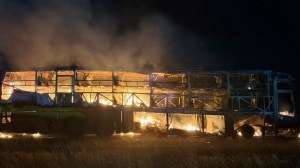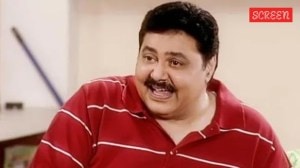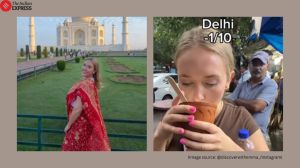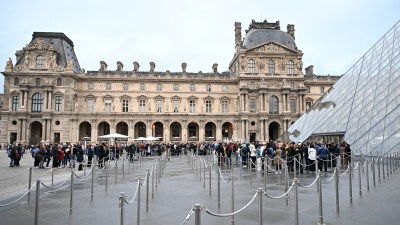Stay updated with the latest - Click here to follow us on Instagram
A LIFE THAT WAS
A woman flings the pallu of her cotton sari over her shoulders. The photographer captures her mid-action,the pallu billowing from behind her like the swollen sails of a ship.
A woman flings the pallu of her cotton sari over her shoulders. The photographer captures her mid-action,the pallu billowing from behind her like the swollen sails of a ship. The sunlight falls through the window in dusty shafts cheekily framing her in shimmering shadows.
It has a kind of life and drama. Without being fashionable it personifies a kind of Indianness, says photographer Pablo Bartholomew about the photograph taken by his father Richard Bartholomew,featuring his mother.
After his fathers death in 1985,Bartholomew started digging through his collection of old film in his Delhi flat. He found more than 17,000 negatives taken by his father. Out of this veritable photographic minefield,the 55-year-old photographer has selected around 70 black-and-white photographs which will be showcased in an exhibition called A Critics Eye.
He calls it an attempt to place my father in the context of the history of Indian photography.
Bartholomew himself is an accomplished photographer having,won the World Press Photo award at the age of 19 for his series on morphine addicts in India and the World Press Photo of the year for a photograph from his series on the Bhopal gas tragedy in 1984. He looks upon his father as his teacher.
There is a certain layering,a play with light and a lyricism in my fathers photographs on account of him having been a poet,a philosopher and an art critic, he says.
The photographs,mostly taken in the 50s and 60s,can be divided into three: family pictures of a geeky Bartholomew gawking awestruck at what might have been his first camera; Bartholomew and his brother ensconced in their mothers warm embrace; the family holidaying in Almora in UP.
Both as the Gallery Director of Kunika-Chemould,an art gallery in New Delhi,and as the curator of Tibet House,Richard Bartholomew forged close ties with many leading artists. Many of the photographs are portraits of artists like M F Husain tugging on his hair dazedly,F N Souza gesticulating wildly with his right hand,Bhupen Khakhar posing with a toothy grin besides his painting,Man in the Blue Lagoon.
But perhaps what immortalises the photographs long after the death of the photographer is their chronicling of a way of life inexorably snuffed out by the demands of industrialisation and population explosion: a wide-angle shot of the Nariman House on Parliament Street in Delhi later replaced by the multi-storied Park Hotel and the DLF House; a soporific image of a line of rickshaws in Mussoorie; a deserted lane in Benaras.
At Chatterjee & Lal,Colaba,till March 6







